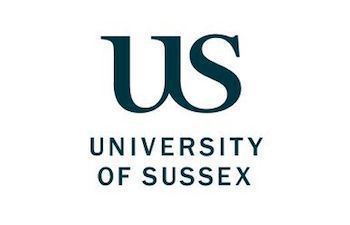Abnormal level of radon found in laboratory in Chichester III
Posted on behalf of: Health & Safety
Last updated: Friday, 16 August 2024

Following a recent project to convert a storage area in Chichester III into a laboratory, a test was carried out to measure the potential for radon gas to be present and unfortunately radon was found at higher than acceptable levels.
The test was carried out due to background radiation being measured during the conversion work, and was taken prior to the work being finished and ventilation being added to the new laboratory. The laboratory has been closed as a precaution whilst the reason for the higher reading is reviewed and a repeat radon test is carried out. Users of the space have been contacted directly. A specialist has been contracted to review the results of the original and repeat tests and to advise on any actions the University needs to take.
We have been in contact with our contracted Radiation Protection Adviser and they have confirmed that all our actions so far are suitable and sufficient while we await the findings of the specialist contractor.
Across the UK it is normal to find areas that naturally produce higher levels of radon than others. There are methods of addressing higher levels of radon, which the University can apply should our Radiation Protection Advisor and specialist contractor advise so. Within the week we will be made aware of any further actions we may need to take.
The University has not routinely monitored for radon as the radon mapping data does not indicate that the campus is within a high-risk area.
What is radon?
Radon is a naturally occurring, colourless, odourless radioactive gas. It is formed by the radioactive decay of the small amounts of uranium that occur naturally in all rocks and soils. For more information about radon and its potential effects please see the UK Radon website.
If you have any questions please contact the Health and Safety team at healthsafety@sussex.ac.uk.

